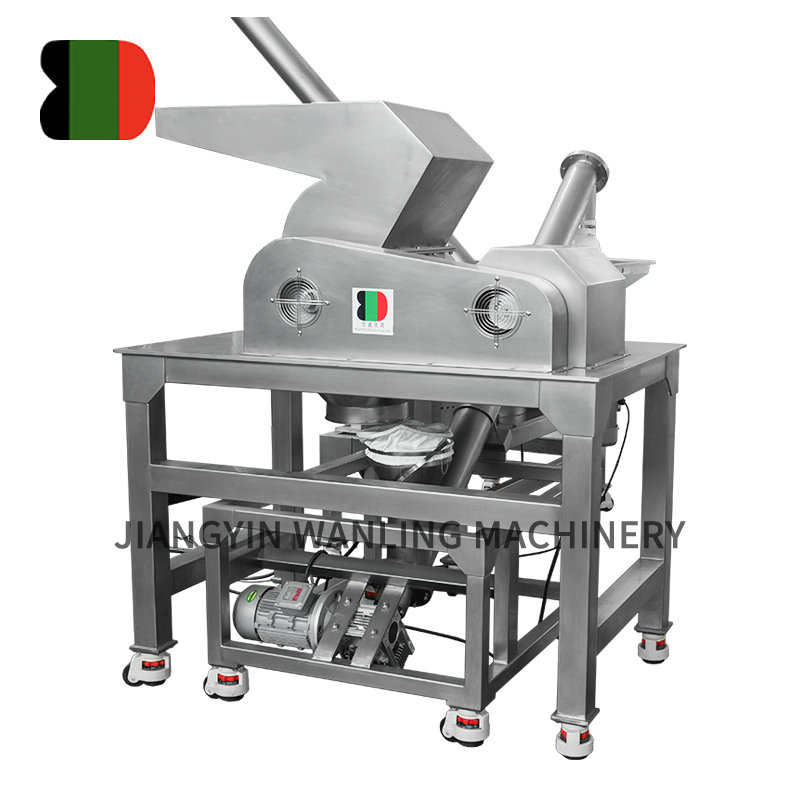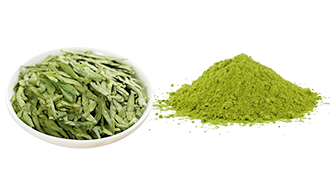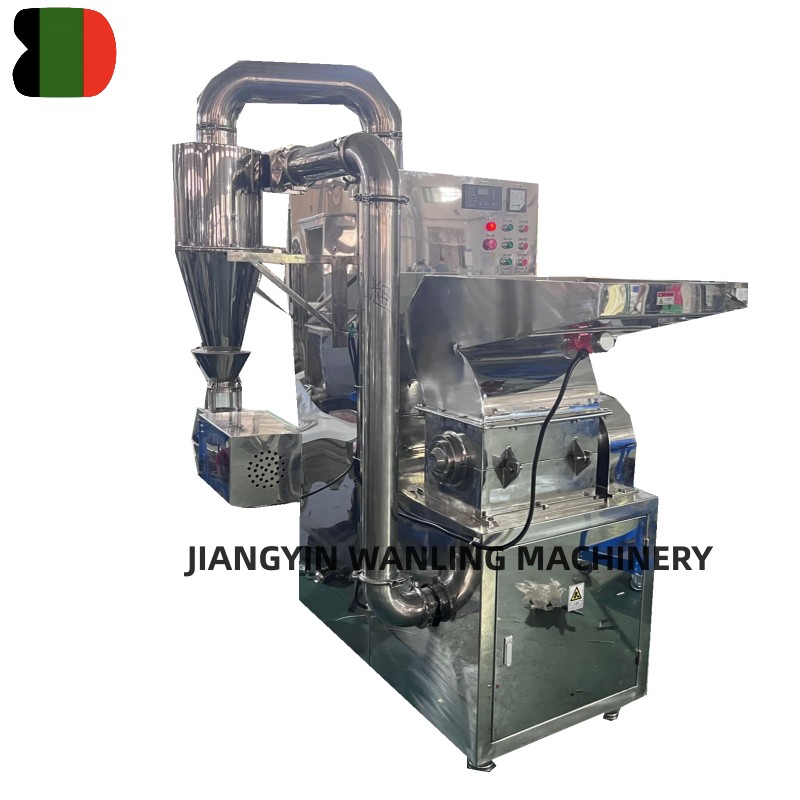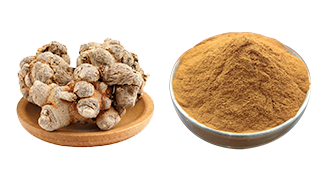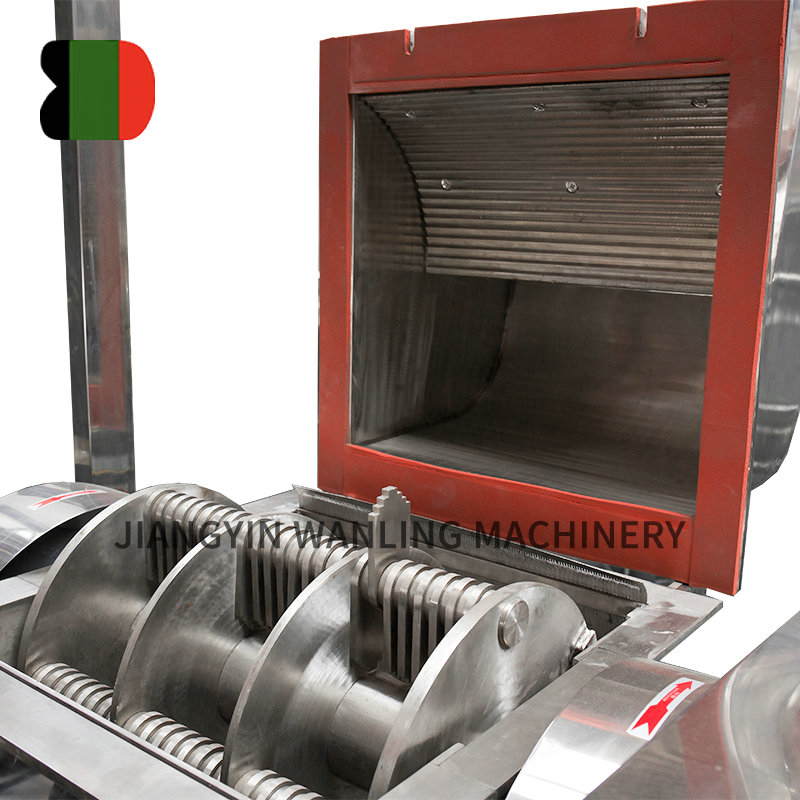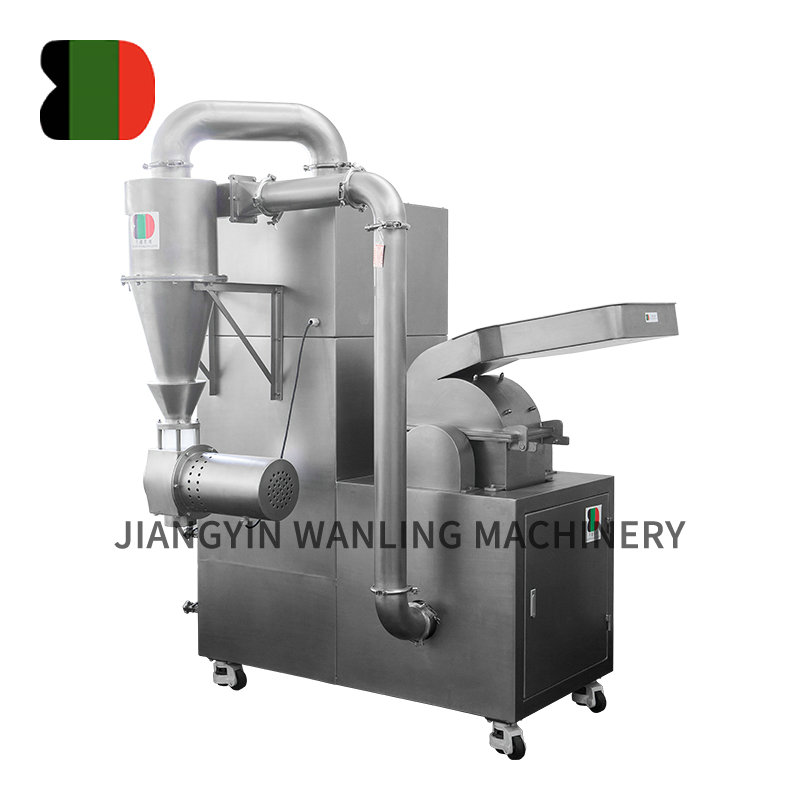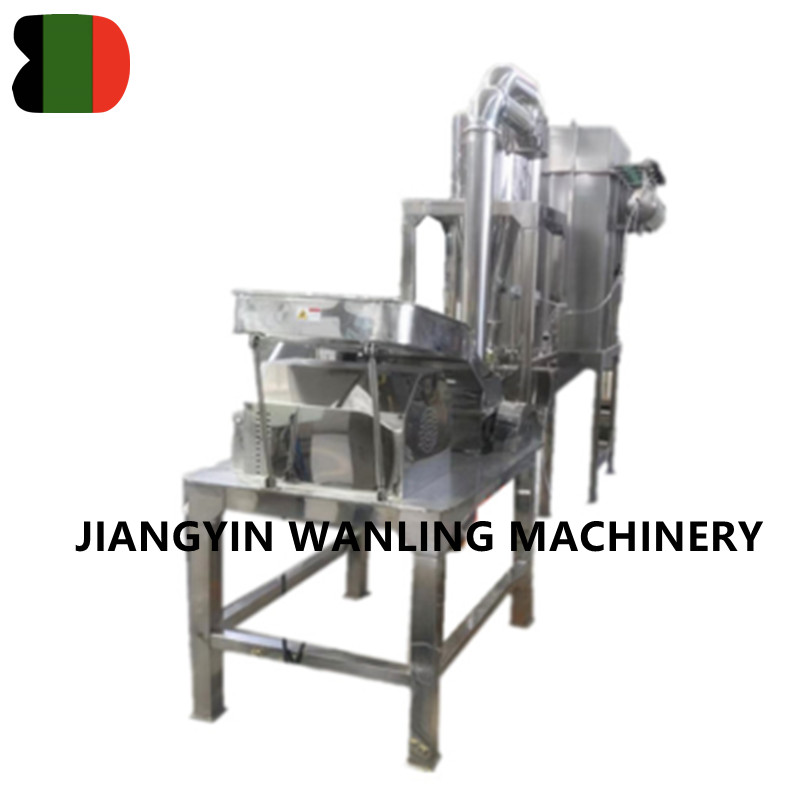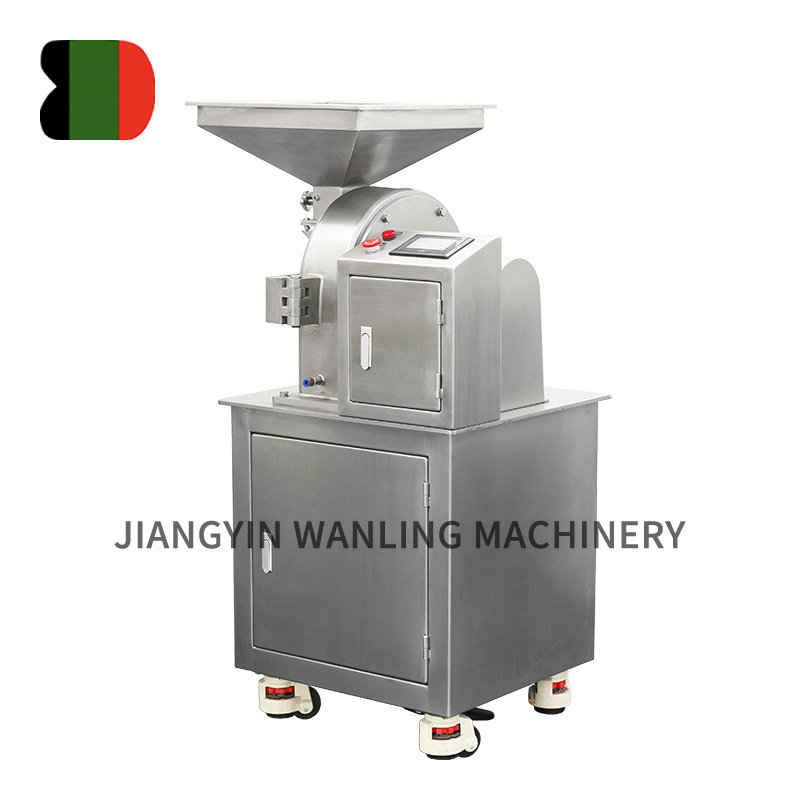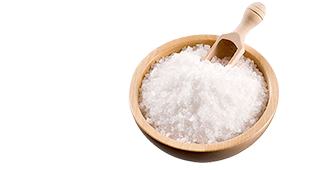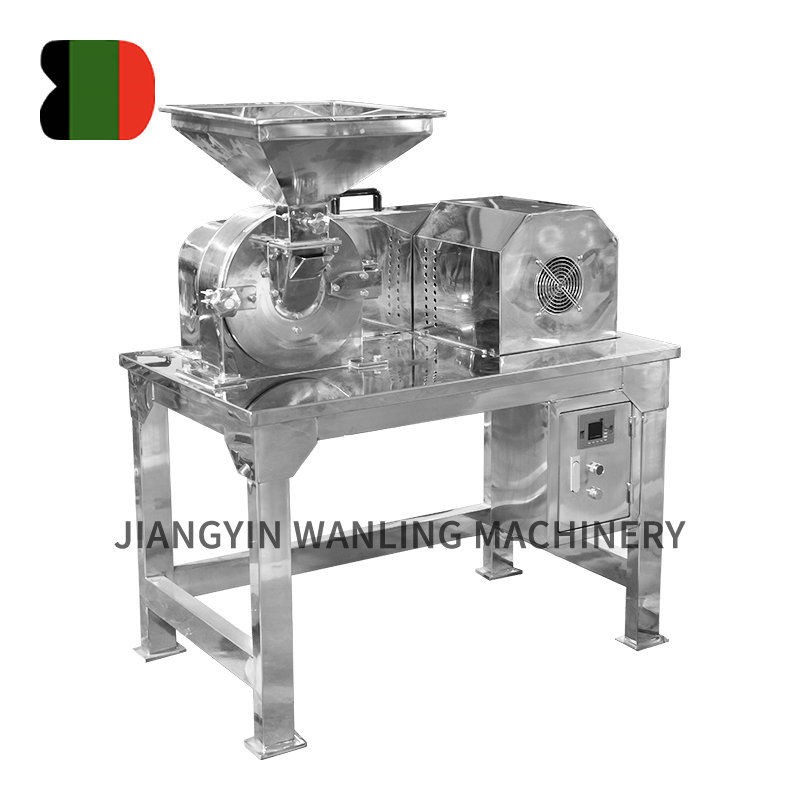In the world of powder processing and size reduction, the choice of milling equipment is critical to achieving desired particle size, shape, and distribution. Among the various options, jet mills and air classifier mills are two advanced technologies used for fine and ultra-fine grinding of a wide range of materials. While both rely on air or gas streams to achieve micronization, their working principles, applications, and performance characteristics differ significantly. This comprehensive guide explains the differences between a jet mill and an air classifier mill, their unique features, operating mechanisms, advantages, limitations, and how to choose the right one for your needs.
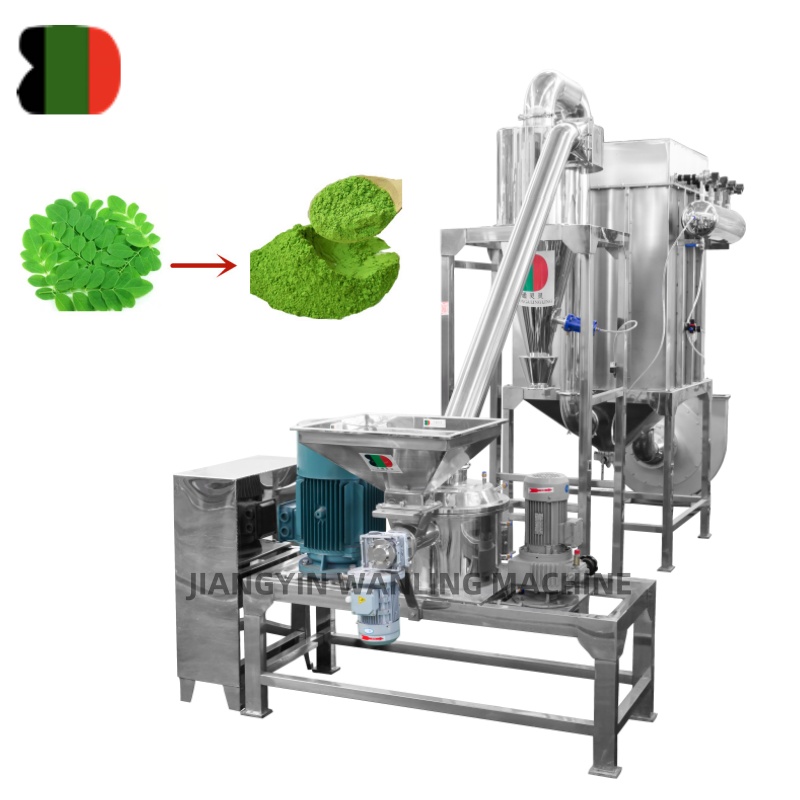
1. Overview of Jet Mills and Air Classifier Mills
Jet Mill:
A jet mill uses high-velocity jets of compressed gas (usually air, nitrogen, or steam) to accelerate particles, causing them to collide and break apart through impact and attrition. It is widely used for producing ultra-fine powders with narrow particle size distribution and is known for its ability to process heat-sensitive or abrasive materials.
Air Classifier Mill:
An air classifier mill integrates a grinding chamber and a dynamic air classifier in a single unit. The material is pulverized mechanically by impact with high-speed rotating blades or hammers, while the integrated classifier controls the particle size by separating fine and coarse particles using airflow.
2. Working Principles
Jet Mill Working Principle:
Material is fed into a chamber where multiple nozzles shoot out high-velocity jets of compressed air or gas.
Particles are accelerated and collide with each other at high speeds (often in a circular or spiral motion).
Size reduction occurs through particle-to-particle collisions and attrition.
A built-in classifier or cyclone separator helps remove fine particles from the chamber while larger particles recirculate until they are reduced to the target size.
Air Classifier Mill Working Principle:
Material enters a grinding chamber with a high-speed rotor equipped with grinding elements (pins, hammers, or blades).
Particles are reduced in size by mechanical impact against the rotor and the chamber wall.
A dynamic air classifier, typically located on top of the grinding zone, separates particles based on size.
Fine particles are carried out with the air stream, while oversized particles are returned for further grinding.
3. Key Differences at a Glance
| Feature | Jet Mill | Air Classifier Mill |
| Grinding Mechanism | Particle collision via air jets | Mechanical impact + air classification |
| Energy Source | Compressed air or gas | Electrical motor |
| Fineness Achievable | Ultra-fine (<5 microns) | Fine to medium-fine (5–100 microns) |
| Heat Sensitivity | Ideal for heat-sensitive materials | Generates more heat during grinding |
| Wear and Tear | Minimal due to no moving parts | Higher due to mechanical components |
| Operating Cost | Higher due to air compression | Lower due to simpler energy needs |
| Classifier Type | Optional external or built-in | Integrated dynamic classifier |
| Application Range | Pharmaceuticals, cosmetics, electronics | Food, chemicals, minerals, pigments |
4. Applications
Jet Mill Applications:
Pharmaceuticals: Micronizing active ingredients
Cosmetics: Ultra-fine powders for smooth textures
Electronics: Ceramic and conductive materials
Specialty chemicals: High-purity compounds
Abrasive materials: Carbides, metal oxides
Air Classifier Mill Applications:
Food industry: Spices, sugar, flour, proteins
Chemical processing: Pigments, resins, fertilizers
Minerals and ores: Talc, kaolin, calcium carbonate
Powder coatings and polymers
While both mills are used in fine powder processing, jet mills are typically preferred when ultra-fine powders with tight particle size control and minimal thermal degradation are required. Air classifier mills are suitable for slightly coarser but still fine powders with higher throughput.
5. Advantages and Limitations
Jet Mill:
Advantages:
Achieves extremely fine particle sizes (often <1 micron)
No heat generation, ideal for thermally sensitive materials
No mechanical wear, reducing contamination risk
Produces narrow particle size distribution
Limitations:
High energy consumption due to compressed air
Lower throughput compared to mechanical mills
High initial investment and operating cost
Air Classifier Mill:
Advantages:
High throughput and energy-efficient
Integrated classifier for controlled particle size
Capable of handling a wider range of feed sizes
More economical for bulk processing
Limitations:
Generates heat, which can affect some materials
Mechanical wear may introduce contamination
Fineness is typically limited to above 5 microns
6. Material Considerations
When choosing between a jet mill and an air classifier mill, the nature of the material being processed plays a crucial role:
| Material Type | Recommended Mill |
| Heat-sensitive materials | Jet Mill |
| Tough or fibrous materials | Air Classifier Mill |
| Hard and abrasive materials | Jet Mill |
| Moist or sticky materials | Air Classifier Mill (with drying aid) |
| Low-melting-point materials | Jet Mill |
7. Cost and Maintenance
Jet Mills have higher upfront and operational costs due to the need for compressed air systems and high-precision components. However, their lack of moving mechanical parts reduces wear-related maintenance.
Air Classifier Mills are more economical in terms of initial investment and operation but require regular maintenance of rotors, grinding tools, and classifier components due to mechanical wear.
8. Which One Should You Choose?
The decision between a jet mill and an air classifier mill should be based on several factors:
Choose a Jet Mill if:
You need ultra-fine particle sizes (<5 microns)
The material is heat-sensitive or degrades at high temperatures
Contamination from mechanical wear is unacceptable
You are working with expensive or specialty materials where precision is critical
Choose an Air Classifier Mill if:
You require high throughput and energy efficiency
Your target particle size is in the range of 10–100 microns
The material can tolerate some heat and mechanical contact
You need a cost-effective solution for bulk or commercial processing
Conclusion
Both jet mills and air classifier mills serve crucial functions in fine powder processing, but they cater to different requirements. Jet mills offer superior fineness and cleanliness for precision industries like pharmaceuticals and electronics, while air classifier mills provide efficiency and versatility for bulk processing in food, chemical, and mineral sectors.
Understanding the differences in grinding mechanisms, achievable particle size, thermal behavior, cost implications, and application suitability is essential for choosing the most effective equipment for your powder processing goals. Whether optimizing for fineness, throughput, or material compatibility, selecting the right mill will significantly impact your production efficiency and product quality.



 Español
Español